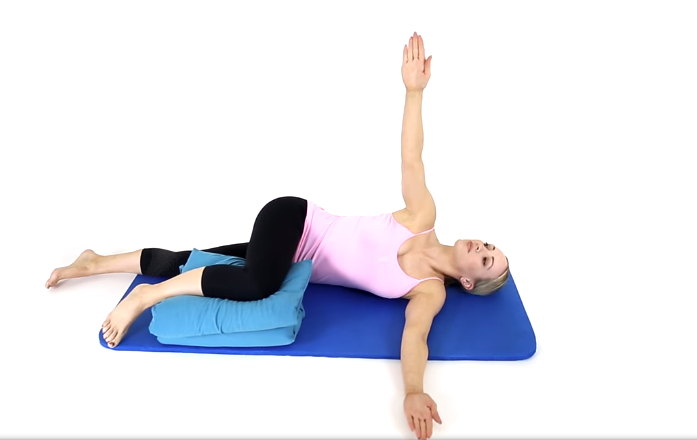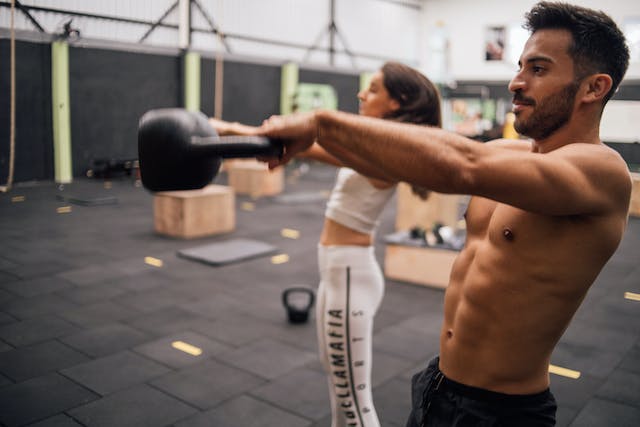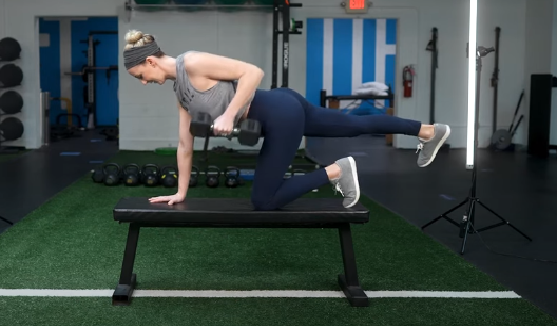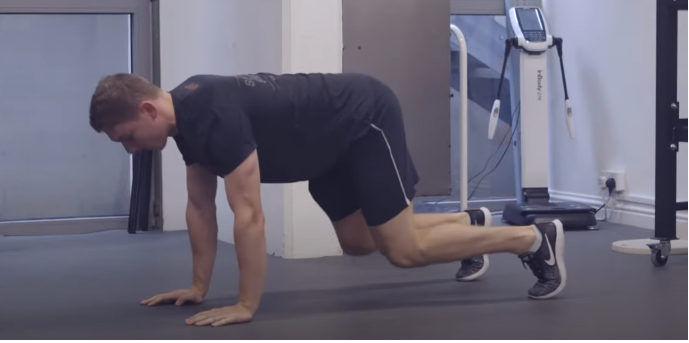If you’re dealing with back pain, struggle to sit for long, or simply need some lower back flexibility, starting a few rounds of the Book Opener stretch is a fantastic idea.
This exercise is wonderful, it’s low-effort, requires no equipment, and doesn’t demand much space or a gym. Just grab a yoga mat, and you’re ready to enhance lower back movement and gain flexibility as soon as you rise from bed.
Beyond being an exercise, it’s also a natural remedy popular in Pilates classes for its proven effectiveness in improving lower back muscles, eliminating stiffness, and helping you tackle challenging days pain-free.
In this guide, we’ll explore the Book Opener Stretches, learning the correct and safe way to do them, understanding mistakes, benefits, and how to seamlessly integrate them into your daily or workout routine.
What The Heck Is Book Opener Stretch?

The Book Opening Stretch is a thoracic stretch that enhances mobility in the upper back, chest, and shoulders. It’s beneficial for relieving stiffness caused by poor posture or prolonged sitting.
This exercise involves a twisting motion, mimicking the movement of opening a book. You typically perform it in a lying position, making it accessible and effective.
It’s a great addition to daily stretch routines, promoting back mobility, especially after extended periods of desk work.
How To Book Opening Stretch
1. Starting Position:
- Lie on your side with your knees bent, forming a fetal position.
- Ensure your head is supported on a pillow or your arm for comfort.
2. Arm Placement:
- Extend your bottom arm straight out in front of you, keeping your palms together.
3. Opening Movement:
- Inhale deeply, then exhale as you open your top arm, extending it away from your body.
- Allow your upper body to rotate, following the movement of your arm.
4. Gaze Direction:
- Turn your head to look at your outstretched hand or in the opposite direction for a deeper stretch.
5. Hold and Breathe:
- Hold the stretch for 15-30 seconds, breathing deeply and relaxing into the position.
6. Return to Starting Position:
- Inhale as you slowly return your arm to the starting position.
- Repeat the stretch on the opposite side.
Pro Tips
- Focus on the rotation of your upper back and chest.
- Keep your knees stacked and your lower back relaxed.
- Engage your core muscles for stability.
- Adjust the intensity by experimenting with the angle of your arm and the distance you open it.
Book Opener Stretch Mistakes
Over-Rotation:
- Correction: Rotate within a comfortable range to protect your spine.
Lifting the Bottom Shoulder:
- Correction: Keep the bottom shoulder anchored for a stable base.
Holding Breath:
- Correction: Breathe deeply to enhance relaxation and flexibility.
Neck Strain:
- Correction: Keep the head in a natural position aligned with the spine.
Poor Arm Alignment:
- Correction: Keep the palms together and arms aligned for a focused stretch.
Not Relaxing Hips:
- Correction: Relax the hips and lower back to isolate the stretch in the upper body.
Rushing the Movement:
- Correction: Perform the stretch slowly and mindfully to maximize benefits.
Book Opener Workout Routine
The routine of doing the Book Opener Stretch depends on your fitness level and the flexibility of your muscles. However, generally, doing it 2 to 3 times per week will be sufficient to maintain your fitness and gain some flexibility.
Here’s a suggested approach:
Beginner:
- Start with 2 times per week to allow your body to adapt to the stretch.
Intermediate:
- Progress to 3 times per week as you become more comfortable and flexible.
Advanced:
- If you have specific flexibility goals or use the stretch for therapeutic reasons, you may consider doing it more frequently, but always listen to your body.
Book Opener Benefits
horacic Mobility:
- Improves flexibility and mobility in the upper back (thoracic spine), promoting better range of motion.
Chest and Shoulder Stretch:
- Stretches the chest and shoulders, helping to alleviate tension and stiffness.
Posture Improvement:
- Aids in correcting poor posture by targeting the upper back muscles.
Relief from Sedentary Stiffness:
- Counteracts the effects of prolonged sitting, reducing stiffness caused by sedentary activities.
Low Impact:
- A low-impact stretch suitable for various fitness levels, making it accessible to a wide range of individuals.
Enhanced Breathing:
- Promotes better breathing patterns by increasing mobility in the thoracic region.



